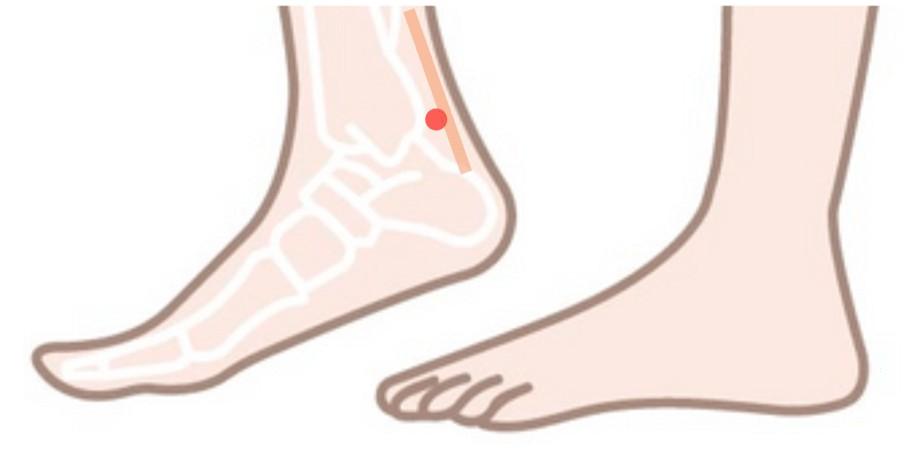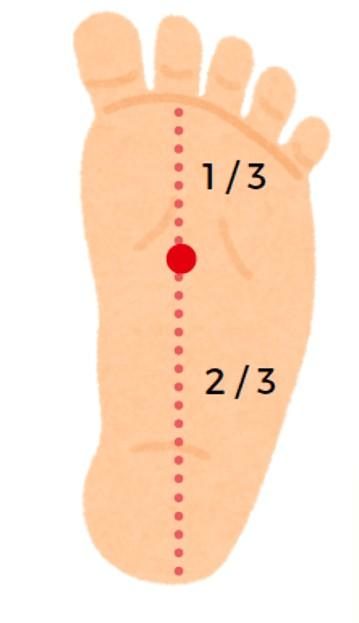The Water element, one of the TCM 5 elements, is associated with the Kidney and its partner organ, Urinary Bladder. When it is unbalanced, you may experience symptoms such as:
- Isolation, absentmindedness, detachment, or fear.
- Rigid joints, weak knees, lower back. This is because the Kidney is related to the bones, joints, and marrow.
- Tinnitus, ringing in the ears as Kidney opens out to the ear.
- Coldness due to lack of Kidney Yang.
- Hot flushes, hot palms, and feet due to lack Kidney Yin.
- Pre-mature aging due to lack of Kidney essence (Jing). This is the prenatal energy that you receive from your parents. After birth, this material will be used for development and reproduction. If there is little, to begin with or not nourished by the postnatal energy (from food), then it may lead to faster aging such as grey hair, wrinkles, and early.
Acupuncture Tips
For Water element, KI 3 Tai Xi and KI 1 Yong Quan are two commonly used acupoints.
When pressing the points, remember to:
- Apply firm and deep pressure
- Take long and deep breaths while pressing
- Set the intention and focus your energy on the point that you are pressing
- Press firmly for 15 seconds followed by 5 seconds release, and continue for about 5 minutes for each point
- Press on a regular basis as acupuncture works cumulatively
KI 3 Tai Xi (Great Stream)
Location:
Functions:
|  |
KI 1 Yong Quan (Gushing Spring)
Location:
Functions:
|  |
Lifestyle Tips
- Water is associated with SALTY. Add in seafood, seaweeds, and kelp in your diet. Be aware that too much will cause water retention.
- Kidney and Urinary bladder belong to the Water element and both play an important role in fluid regulation so think of adding hydrating and nourishing food such as soups and stews in your diet.
- Flowing exercise such as Yoga and Tai Chi can help to preserve muscles and distribute warmth and fluid.
- Moxibustion: A deep heat therapy using mugwort herb is beneficial especially for Kidney Yang deficiency causing coldness.
- Ginger foot soaks: Activates the Kidney meridian on the foot to build the Kidney’s energetic function.
Looking to improve your lifestyle with help from TCM? Contact our TCM clinic in Singapore today to find out more.
Physician Seah Ai Wei
Traditional Chinese Medicine
Thomson Chinese Medicine (TCM Paragon Medical Centre)
English, Mandarin
Alliance MediNet

